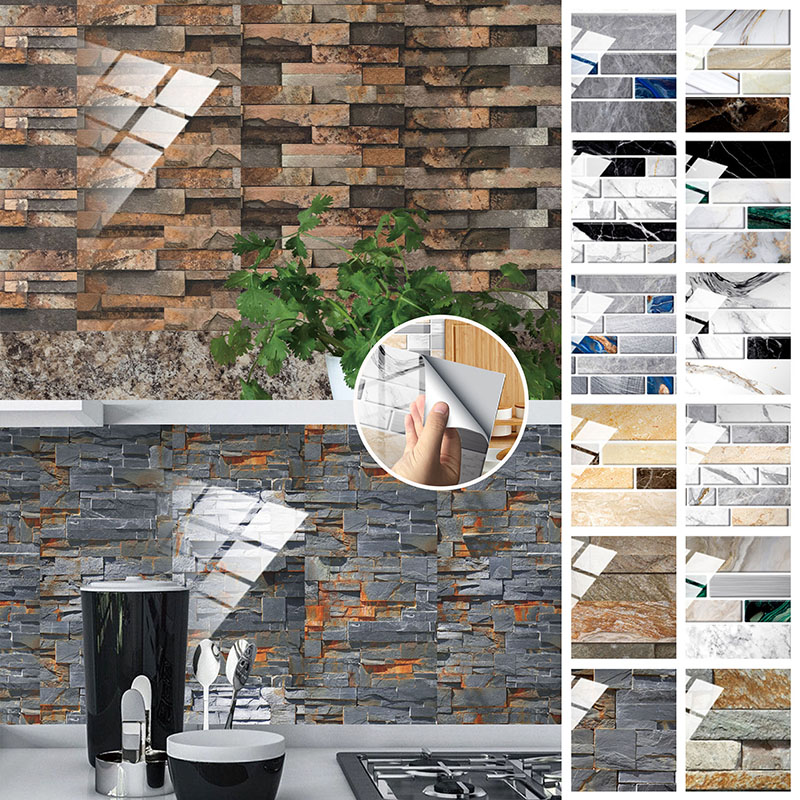

Home Renovation & Repair Specialist Expert Interview. Make sure you choose the right type of tile for your project. Wall tiles tend to be thinner and more lightweight than flooring tiles.If you’ll need to cut the tiles to fit into corners or underneath cabinets, it may help to purchase more tiles than you need to make up for tiles that break while cutting.Divide the area of your backsplash by the area of a single tile or tile sheet to get a rough idea of how many tiles you'll need. Talk to the tile salesperson or someone at your local hardware store to work out how many tiles you'll need.Find a wall tile which matches the desired look for your kitchen, and purchase enough to cover the chosen area. Tile sellers and hardware stores will have a large selection of tiles for you to choose from. This will give you a guide for the number of tiles you need to cover the area, as well as a note of the total area you need to tile if you multiply the two numbers together. Measure the height and width of the backsplash and keep these noted down.Make your backsplash a certain number of tiles high, rather than a predetermined height. If you don’t know where you want your backsplash to end, wait until you know the size of the tiles you want to use.The top could either meet with the underside of your kitchen cabinets or could stop at any chosen place up the wall. Your backsplash should start slightly above the countertop in your kitchen.The size of the area will determine the number of tiles you’ll need to buy, as well as the space you’ll need to prepare, so keep this information noted down when purchasing your equipment. Use a measuring tape and a pencil to mark out the area your backsplash will cover.
#Bathroom backsplash install#
Measure the space where you want to install your backsplash.


 0 kommentar(er)
0 kommentar(er)
